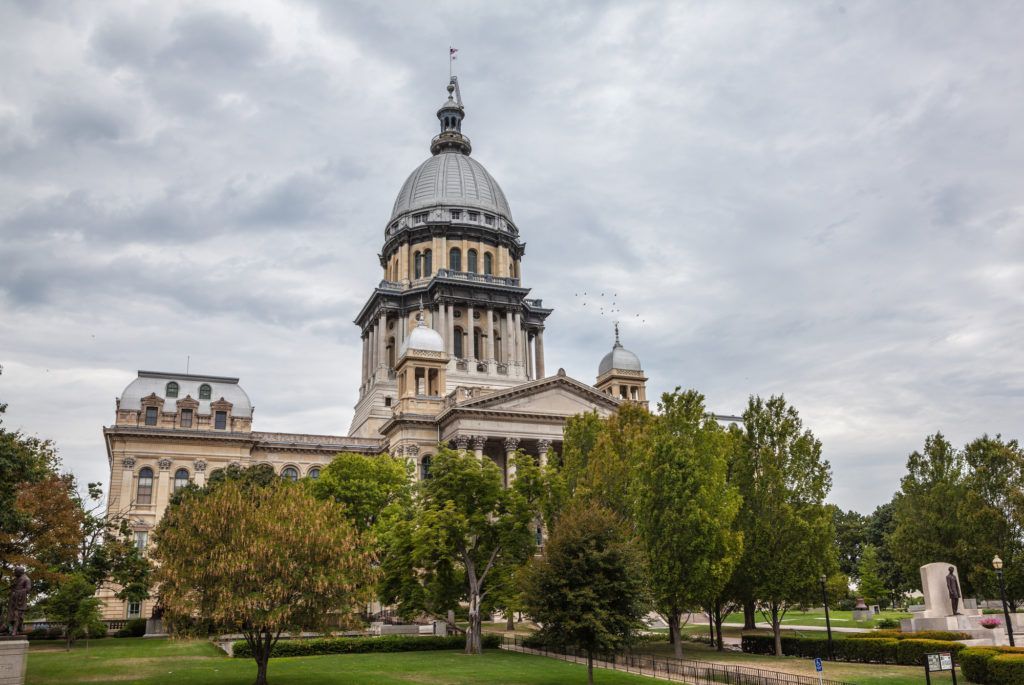
TOWERING OBSTACLES: TENSION BETWEEN WIRELESS PROVIDERS AND LAND USE LAW
The wireless age is fully upon us. Wireless communication devices, such as cell […] The post TOWERING OBSTACLES: TENSION BETWEEN WIRELESS PROVIDERS AND LAND USE LAW appeared first on Shapiro & Associates.

The wireless age is fully upon us. Wireless communication devices, such as cell phones, have become ubiquitous in today’s world. You might even be reading this article on your phone right now! While it’s hard to believe that 2017 already marks the 10th Anniversary of the iPhone, it may be even harder to remember what life was like before smartphones. To feed the ever-growing demand for data on-the-go, companies have rushed to build more and better network infrastructure such as towers, antennae on buildings, and data centers. Despite being essential to providing a service popular with the masses, towers in particular are often not very popular with anyone who can see a 300-foot tower outside their bedroom window every morning. Unsurprisingly, the bad vibes between tower companies and their neighbors often turn into lawsuits.
Any tower company has two major legal considerations involving the construction of a new tower: the local zoning laws and the Telecommunications Act of 1996 (“TCA”)—codified throughout Title 47 of the United States Code. Often the TCA and zoning laws counter balance each other: the TCA ensures sufficient infrastructure can be built, and local laws restrict where and how it can be built.
To give a little background, when it comes to land use decisions, the local municipalities (i.e., cities, towns, villages, etc.) generally control what and where things get built on their land through zoning laws. The TCA makes clear those zoning laws (and other state and local regulations) are generally applicable to communications towers. The TCA only limits local zoning authority to extent it cannot directly or effectively prohibit carriers from providing wireless communication services.
While the general intent of the TCA is clear, as with any law, some of its rules are ambiguous when applied in specific situations. It is the job of the courts to clarify those rules. Since the TCA has gone into effect, courts given particular attention to determining what it means for a municipality to “effectively prohibit” services.
In practice, this means that a town sets general height and location limitations on towers but also allows flexibility for exceptions to adhere to TCA requirements. Special exceptions are often given in the form of variances and/or special use permits. For example, a town may permit towers only in its industrial area and set a cap at 100 feet tall. If a company wants to build a 150-foot tower in the industrial area, it must apply for a variance for the extra 50 feet. To get the variance, the company would have to show why the extra height is necessary to provide communication service. If the town denies the request and the company appeals, it may eventually be up to the courts to determine if town’s decision violates the TCA on grounds of effective prohibition.
In one of the most recent cases on the issue, the Village of Corrales in New Mexico had a policy allowing towers only in commercial areas and set a height limit of 26 feet—anything higher would need a variance. In this instance, AT&T requested a variance for a 65-foot tower. The Village denied the variance, and AT&T appealed in federal court arguing the denial violated the TCA as an effective prohibition on wireless services.
In making its determination, the court looked to a two-part test used by other courts around the country—including the 7th Circuit which encompasses Illinois. The test asks 1) whether there is a “significant gap” in service (i.e., a need for the tower), and 2) whether the proposed tower is the least intrusive option to alleviate the service gap.
For the first part of the test, AT&T used expert testimony to prove there was a coverage gap—which the court readily accepted since the Village did not refute the evidence. For the second part, AT&T explained that it considered other alternatives but found them to be more intrusive than the proposed tower. Specifically, AT&T showed that an even taller tower of 80 feet would fill the coverage gap more completely but explained it opted for a 65-foot tower to be less intrusive. If the tower were shorter than 65 feet, additional towers would be needed to address the gap.
Ultimately the court ruled in favor of AT&T, but only because granting the height variance met the two-part test: 1) uncontested evidence showed the tower was necessary to address a significant coverage gap, and 2) building the proposed tower would mean fewer towers elsewhere in the Village.
The TCA aims to ensure the benefits of wireless communications continue to grow while at the same time not forcing towns to endure a landscape dotted with massive towers. The Corrales case is an example where a tower in a town was found to be necessary and the best option under the law. However, standards and analysis used by this court (and courts around the country) demonstrate that building a tower higher than what is allowed can be a steep climb.
Stay tuned for more!
February 2, 2017
By: Ian T. Brown
Attorney at Dan Shaprio Law, LLC
The post TOWERING OBSTACLES: TENSION BETWEEN WIRELESS PROVIDERS AND LAND USE LAW appeared first on Shapiro & Associates.

CONTACT US TODAY
Contact Us
We will get back to you as soon as possible.
Please try again later.
LOCATION
570 Lake Cook Road, Unit 119
Deerfield, IL 60015
Shapiro & Associates Law | All Rights Reserved |
Created by Olive + Ash.
Managed by Olive Street Design.









